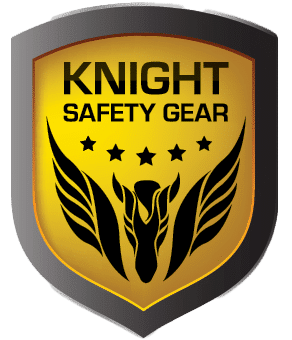Did you know that HAVS affects 1 in 10 workers using vibrating tools regularly?
WHAT IS HAVS?
HAVS: Hand-arm vibration syndrome (Raynaud’s phenomenon) causes poor supply of blood to the fingers in bouts. It affects 1 in 10 using vibrating tools regularly. First the hands become white (and stiff), then blue due to poor blood circulation. Then arteries expand, causing the hands to turn red and intense burning pain, tingling in the hands and numbness. HAVS can be prevented, but once the injury has occurred, the condition is permanent. HAVS is often highly debilitating for those affected, with negative consequences for their future professional and private life.
WHAT ARE THE SYMPTOMS?
NEUROLOGICAL SYMPTOMS
Tingling, numbness, reduced skin sensation, reduced fine motor skills, increased “clumsiness”.
VASCULAR SYMPTOMS
Blanching of parts or all of the fingers (white fingers), sensitivity to cold.
MUSCULOSKELETAL SYMPTOMS
Tendonitis and stiffness/ reduced dexterity in fingers, swollen and painful fingers
WHO IS AT RISK?
According to the Norwegian Survey of Level of Living from 2006, approximately 5% of the working population are exposed to vibrations from hand-held tools (HAVS) 25% or more of their working hours. This means that, today, approximately 100,000–150,000 workers in Norway are at risk.
SOME OF THE MOST VULNERABLE INDUSTRIES AND PROFESSIONS ARE:
Construction, roads and railway construction, landscape gardeners, agriculture and forestry, manufacture of concrete products, mining and quarrying, automotive industry and shipbuilding and repairs.
SOME OF THE MOST COMMON TOOLS ARE:
Chiseling machines, hammer drills, impact wrenches, polishing machines, vibratory plates / compactors, hand-held grinders and other vibrating tools.
THE BIGGEST PROBLEM:
The biggest problem is that workers are being duped into thinking that they are wearing vibration-reducing gloves as part of a marketing ploy. If your vibration-reducing glove does not have EN markings, it is NOT a vibration-reducing glove.
We are yet to find an EN rated vibration-reducing glove on the SA market. The important question to answer is this: is my glove a vibration-reducing glove because I was told that it is or because it is EN vibration approved?
Granberg® 107.4330 is vibration approved according to EN ISO 10819:2013
HOW CAN HAVS BE PREVENTED?
In order to reduce the risk of HAVS, workers should wear vibration-reducing safety gloves.
The Granberg® 107.4330 is approved according to EN ISO 10819:2013 (Mechanical vibration and shock test) and provides protection at high frequencies combined with the protection at a broad spectrum of frequencies.
It has a special vibration reducing material layer in the palm. Not only does this glove protect you from vibrations, it is also comfortable and flexible.
To find out more about how Granberg® gloves can protect you from industry related injuries, contact a Knight Safety Gear Specialist: enquiries@knightsafetygear.com
Source: Vern mot mekaniske vibrasjoner (Protection against mechanical vibrations) – www.arbeidstilsynet.no (Norwegian Labour Inspection Authority)

















